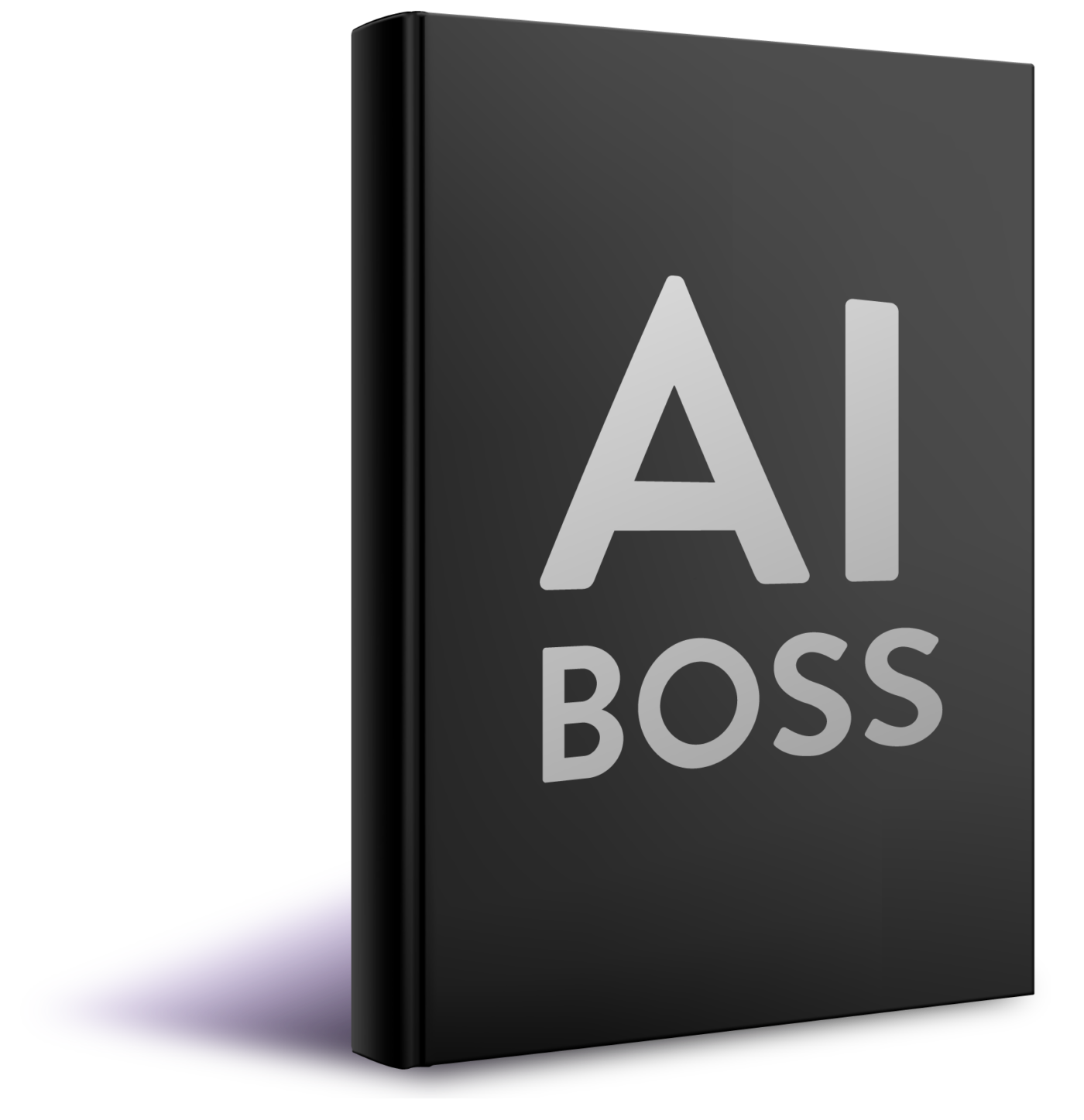Years ago, I worked in a company where everything was done manually – there were no business process automation examples. Emails flew back and forth for approvals, spreadsheets dictated project timelines, and invoices piled up on desks waiting to be processed. It worked, but it was slow, frustrating, and prone to human error. I remember the moment it hit me—our competitor, a company we had always outperformed, suddenly started closing deals faster, delivering projects ahead of schedule, and winning over clients we had been courting for months. It wasn’t because they hired more people or worked harder; they had quietly implemented AI-driven workflows that automated approvals, streamlined communication, and optimized decision-making. Meanwhile, we were still drowning in email chains and manual processes. That was the day I realized automation wasn’t just a nice-to-have—it was the future, and we needed to catch up fast.
What Is Business Process Automation?
Business process automation (BPA) refers to using technology to perform repetitive tasks with minimal human intervention. While traditional automation focuses on simple, rule-based processes, AI-powered automation goes a step further by learning from data, adapting to changes, and making intelligent decisions in real time.
AI-driven business process automation examples span across industries, from customer support to finance, supply chain management, and marketing. By integrating AI, businesses are reducing costs, improving service delivery, and enhancing customer experiences in ways that manual processes simply cannot match.
AI-Powered Business Process Automation Examples
1. Customer Support: AI-Powered Chatbots and Ticketing Systems
Gone are the days when customers had to wait hours—or even days—for responses. AI chatbots now handle inquiries instantly, providing accurate answers, troubleshooting issues, and escalating complex cases to human agents only when necessary. AI-driven ticketing systems also categorize, prioritize, and route requests, ensuring that customer concerns are addressed efficiently.
So when a customer submits a support ticket, an AI-powered chatbot assesses the issue, retrieves relevant information from a knowledge base, and provides a solution in seconds. If the issue is complex, the AI routes it to the appropriate department, reducing wait times and improving resolution rates.
2. Finance and Accounting: AI-Powered Invoice Processing
Manual invoice processing is time-consuming and prone to errors. AI-powered automation can extract data from invoices, verify details against purchase orders, and flag discrepancies automatically. This significantly reduces processing time and eliminates human errors. Companies receive hundreds of invoices daily. Instead of manually inputting data, AI-powered software scans the invoices, extracts key information, and processes payments automatically. This reduces processing time from days to minutes, freeing up employees for higher-value tasks.
3. Supply Chain and Logistics: AI-Driven Demand Forecasting
AI can analyze vast amounts of historical data and market trends to predict demand with remarkable accuracy. This helps businesses optimize inventory levels, reduce waste, and avoid stockouts. That’s hy retail companies have starting using AI to analyze past sales, seasonal trends, and customer behavior to predict future demand. This way, companies can maintain optimal stock levels, reduce storage costs, and ensure products are available when customers need them.
4. HR and Recruitment: Business Process Automation Axamples
Hiring the right talent is crucial, but manually sifting through resumes is a slow and inefficient process. AI-driven applicant tracking systems can quickly analyze resumes, identify the best candidates, and even conduct initial screenings via chatbots. Say a hiring manager needs to fill a role quickly. Using AI, scanning hundreds of applications, ranking candidates based on qualifications, and scheduling interviews with top prospects— takes a few hours instead of weeks.
5. Marketing and Sales: AI-Powered Lead Scoring and Personalization
AI can analyze customer data to predict which leads are most likely to convert. It can also personalize marketing messages based on individual behavior, leading to higher engagement and conversion rates. AI-powered CRMs today analyze customer interactions and assign lead scores based on purchase intent. The system then sends personalized email campaigns tailored to each prospect’s behavior, resulting in increased conversions and revenue.
The Competitive Advantage of AI-Powered Automation
Businesses leveraging AI-driven automation gain a clear edge over those that rely on traditional methods. The benefits of business process automation examples include:
Speed: Tasks that once took hours or days are completed in minutes.
Accuracy: AI eliminates human errors, improving data integrity.
Scalability: AI can handle increasing workloads without requiring additional manpower.
Cost Savings: Automation reduces labor costs and operational inefficiencies.
Companies that fail to adopt AI-driven workflows risk being overtaken by competitors that can deliver faster, better, and more personalized services. The shift from bottlenecks to breakthroughs is already happening—those who embrace AI-powered business process automation will lead the charge into the future.
Ready to Automate Your Business?
If you’re looking to transform your operations with AI-powered automation, now is the time to take action. Contact Aurea today to explore cutting-edge solutions that will revolutionize your workflows and keep you ahead of the competition.


